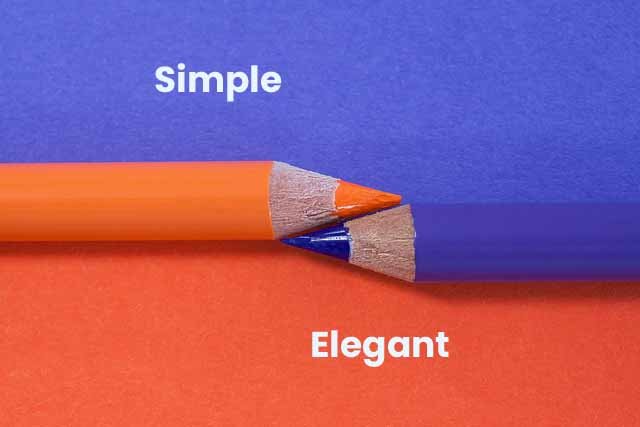

Evolution of Graphic Design - how design has changed
evolution over the decades
Graphic design styles have evolved significantly over the past few decades, as technology and cultural trends have changed. Here is a brief overview of some of the key developments in graphic design styles over the past few decades:
In the 1980s and 1990s, graphic design styles were heavily influenced by the emerging field of computer graphics. During this period, designs were often created using vector-based software. Softwares such as CorelDraw and Adobe Illustrator, which allowed for precise control over lines and shapes. This led to the development of a clean, minimalistic aesthetic. This was characterized by simple shapes and flat, solid colors. This began a trend of simplicity, straight lines and open spaces concepts in graphic design. A remarkable shift from the past.
Becoming Simple and Fluid
The 1980s and 1990s were a time of significant change in the world of graphic design. The 1980s saw the emergence of postmodernism, which rejected the strict rules of modernism and embraced a more eclectic approach to design. This led to a proliferation of bold, colorful designs that often featured exaggerated typography. With further evolution of Graphic Design, collages of different images, and a mix of styles from different eras began to appear. This made the designs more easy for a larger audience. It helped designers to express freely. Not restricting them to a selected style or straitjacket.


Minimalism
In the 1990s, there was a move towards minimalism, which emphasized simplicity and clean lines. This was influenced by the rise of digital technology and the need for designs that could be easily reproduced across different media. Thus,the use of sans-serif fonts, simple shapes, and muted colors became popular during this time. Another notable trend of the 1990s was the use of grunge-inspired designs, which featured rough textures, distressed typography, and a DIY aesthetic that was influenced by the underground music scene. Overall, the graphic design styles of the 1980s and 1990s were characterized by bold experimentation and a willingness to break the rules of traditional design.
Emergence of WWW
In the late 1990s and early 2000s, graphic design styles were influenced by the rise of the World Wide Web and the proliferation of digital media. Designers began to focus on creating designs that were optimized for the web, often using a combination of photographs, graphics, and text. This led to the development of a more eclectic, hybrid aesthetic, with a focus on creating visually striking, eye-catching designs that would stand out in a crowded digital landscape.
In the 2010s, graphic design styles were influenced by the rise of social media and the proliferation of smartphones. Designs became more mobile-friendly and optimized for small screens, with a focus on simplicity and ease of use. This led to the development of a more streamlined, minimalistic aesthetic, characterized by bold, simple graphics and limited use of text.
Adapting to Changes
In the 2020s, graphic design styles have continued to evolve in response to changing technology and cultural trends. Many designers have embraced a more experimental, playful aesthetic, using abstract shapes and bright, bold colors to create visually striking designs. Others have focused on creating designs that are more environmentally friendly, using sustainable materials and techniques to create visually appealing graphics that are also good for the planet.
Overall, graphic design styles have undergone significant changes over the past few decades, as designers have responded to changing technology and cultural trends. As the field continues to evolve, it is likely that we will see even more changes in the styles and techniques used by graphic designers in the future.





